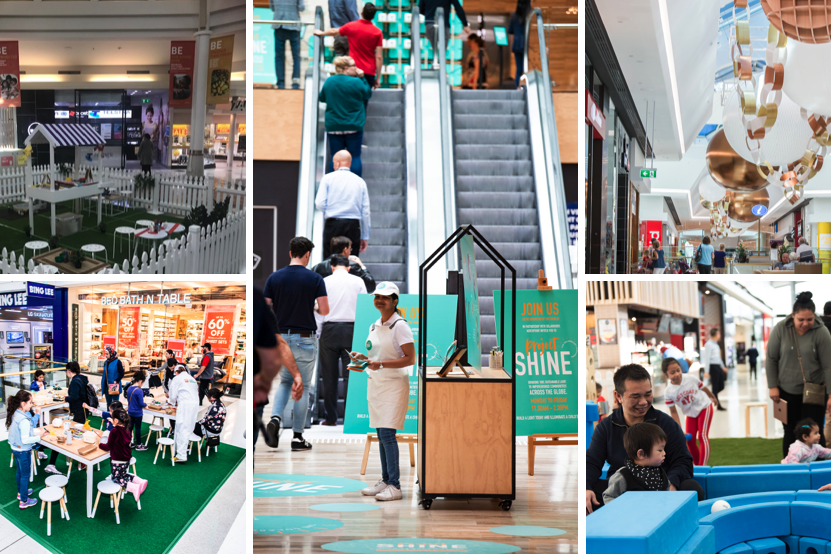unitedfnafans.org – The concept of shopping malls has evolved significantly since their inception, reflecting broader changes in consumer behavior, technology, and the economy. Once the bustling centers of community life and commerce, malls now face stiff competition from online shopping and must adapt to maintain their relevance. This article explores the evolution of shopping malls and the strategies they employ to attract and retain foot traffic in an increasingly digital world.
The Golden Age of Shopping Malls
The first enclosed shopping mall in the United States, Southdale Center in Edina, Minnesota, opened in 1956. It revolutionized the shopping experience by offering a climate-controlled environment with a variety of stores, services, and entertainment options all under one roof. Malls quickly became the epicenters of suburban life, providing not only shopping but also social spaces where people could meet, eat, and enjoy leisure activities.
During the 1980s and 1990s, malls reached their zenith. They were not just places to shop but also cultural icons, celebrated in movies, music, and television. The variety of stores, from high-end boutiques to mass-market chains, catered to a wide range of tastes and budgets. Malls were also community hubs, hosting events, concerts, and even serving as backdrops for holiday celebrations.
The Digital Disruption
The rise of the internet and e-commerce platforms in the late 1990s and early 2000s began to erode the dominance of shopping malls. Online shopping offered convenience, a vast selection of products, and often, lower prices. As broadband internet became more accessible and smartphones made online shopping possible anywhere, the appeal of brick-and-mortar stores diminished for many consumers.
The impact of digital disruption was compounded by the 2008 financial crisis, which reduced consumer spending and led to the closure of many retail chains. These factors combined to create a perfect storm for shopping malls, leading to a decline in foot traffic and store vacancies.
Evolution and Adaptation
In response to these challenges, shopping malls have embarked on a journey of evolution and adaptation. They have recognized the need to transform from mere shopping destinations into experiential centers that offer unique and engaging experiences.
Diversification of Offerings
Malls have diversified their offerings beyond traditional retail, incorporating entertainment venues such as movie theaters, bowling alleys, and arcades. Some have introduced fitness centers, cooking schools, and art galleries to cater to a broader range of interests and activities.
Focus on Food
The food and beverage sector has become a focal point for malls. Food courts have been revamped to offer a more diverse selection of dining options, including local and artisanal vendors. Upscale restaurants and gourmet food halls have also been introduced to attract foodies and create a dining destination.
Technology Integration
Technology plays a crucial role in the evolution of shopping malls. Interactive digital directories, free Wi-Fi, and mobile apps that offer personalized shopping experiences are becoming standard. Some malls are experimenting with virtual reality and augmented reality to create immersive experiences for shoppers.
Community Engagement
Malls are redefining their role in the community by hosting events, workshops, and pop-up stores that foster a sense of belonging and encourage social interaction. These initiatives aim to position malls as gathering places that offer more than just shopping.
The Battle for Foot Traffic
Despite these efforts, the battle for foot traffic remains fierce. Malls are competing not only with each other but also with online retailers, outlet centers, and lifestyle centers that offer a more curated shopping experience. The key to success lies in understanding and adapting to the changing preferences of consumers, who now seek convenience, personalization, and experiences over mere transactions.
In conclusion, shopping malls are at a crossroads, facing the challenge of reinventing themselves in a digital age. By focusing on experiences, community engagement, and integrating technology, malls can continue to be vibrant centers of commerce and community life. The evolution of shopping malls is far from over, and the next chapter promises to be as exciting as the first.
